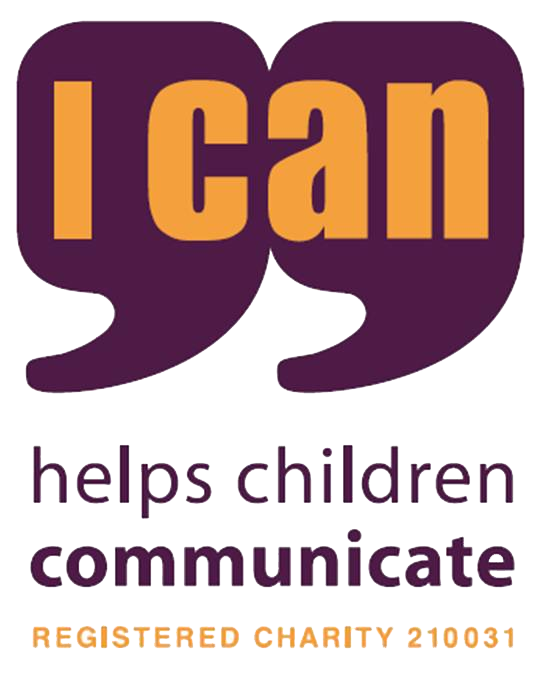Year 4 Multiplication Check
Year 4 Times Table Tests
All primary school-aged children are expected to know their times tables up to 12 x 12 by heart. In fact, they are expected to have mastered their times tables by the end of Year 4.
Multiplication tables check: information for parents.
The national curriculum specifies that pupils should be taught to recall the multiplication tables up to and including 12 × 12 by the end of year 4.
The purpose of the MTC is to determine whether pupils can recall their times tables fluently, which is essential for future success in mathematics. It will help schools to identify pupils who have not yet mastered their times tables, so that additional support can be provided.
Schools will have a 3-week window to administer the MTC. Teachers will have the flexibility to administer the check to individual pupils, small groups or a whole class at the same time.
Schools must administer the official check between Monday 6 June 2022 and Friday 24 June 2022.
Schools are strongly encouraged to administer the check within the first 2 weeks. This leaves the final week for pupils who were absent during the first 2 weeks or in case of any delays to administration due to technical difficulties.
Multiplication tables check: information video
The times tables check is online and on-screen
Schools can use any of the following digital devices to access the check:
• PC • Mac • laptop • tablet
Schools will have access to a simulated version to practise on
The Department For Education has opened up a ‘try it out area’ to familiarise schools and pupils with the system from Monday 21 March until the end of the check period on Friday 24 June. Pupils can use their PINs for the try it out check multiple times throughout the day. Schools can generate PINs from 6am but pupils cannot use them until 8am. They will expire at 4pm each day, so schools will have to generate a new school password and pupil PINs if pupils use the try it out check on more than one day.
Children will have 6 seconds to answer each question
Children will get 6 seconds from the time the question appears to input their answer. This means that children must be able to read, recall and enter their response within 6 seconds. There will be a three-second blank gap between each question.
Children will enter their answer using a keyboard or by pressing digits using a mouse or touchscreen on an on-screen number pad.
This means that it is vital that schools are ensuring children are able to rapidly recall multiplication facts, and can do so ‘out of sequence’ (i.e. answer 6 x 7 without having to count in 6’s from 0).
The questions will be randomly selected by the testing programme from 121 different options, ranging from 2 x 2 = up to 12 x 12. The test’s software has been programmed to show children more questions from the 6, 7, 8, 9 and 12 times tables, as these are trickier times tables focused on more in Years 3 and 4. (The 2s, 5s and 10s are more of a focus in Years 1 and 2.)
How will the Year 4 times tables test scores be reported?
Each child’s result will be passed on to their school, and the Department for Education will create a report on overall results across all schools in England to measure whether national times tables results improve over the coming years.
The statistics of results for the 2022 Multiplication tables check, at national and local authority level will be released between September and October 2022.
What if my child does badly in their multiplication tables check?
No child will fail the times tables test as no pass mark has been set. It is also important to note that all children will be tested on is their times tables knowledge – with no problem solving skills being assessed and not even a single division question being asked!
What can you do to help your child in practising their times tables?
We would recommend a number of strategies to support your child in the run-up to and after the times tables test including:
- Times tables chanting: “6, 12, 18, 24…”;
- Times tables chanting in reverse order: “108, 99, 90, 81…”;
- Using times tables songs
- Using Times Table Rock Stars
- Using free online games, like those on the KS2 Maths section of our school website
- Asking your child multiplication calculations out of order, like: “What is 4 x 7? What is 9 x 5? What is 6 x 11?”;
- Using pasta pieces or pebbles to show groups of numbers representing times tables, e.g. four groups of three pasta shells to show 3 x 4 = 12








